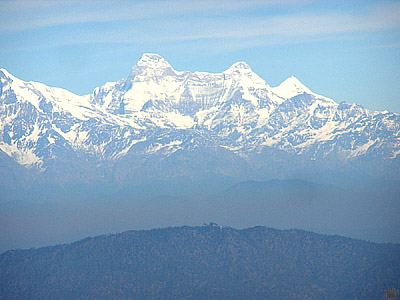
Nanda Devi (7,816 m/25,645') in Gharwal Himalaya is the highest mountain in Northern India.Part 2. Northern India
The northernmost part of India is the world of high mountains. This is a cold place, where travel is difficult or impossible in winter months. So if you visit the country in winter, the best place to go is Siwalik Range, which goes parallel to the Great Himalaya across northern India, Nepal and Sikkim.
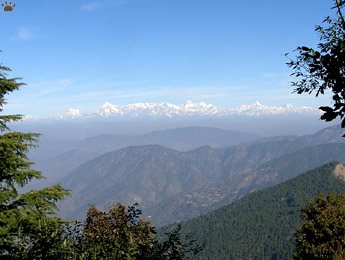 |
 |
| Views of the Himalaya from Sivalik Range above Naini Tal, Uttarkhand. |

Village in Sivalik Range, Uttarkhand. |
Parts of Siwalik are forested, and in winter those forests are full of migratory birds from further North. There are a few Nature reserves in Siwalik. By far the most interesting is Corbett National Park in Uttarkhand (formerly Uttaranchal) State. |
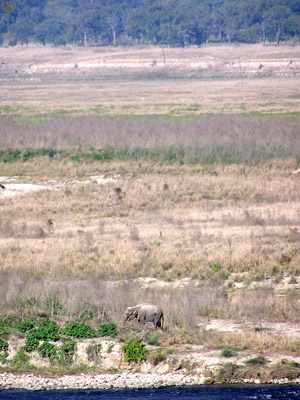
River valley in Corbett National Park, Uttarkhand. |
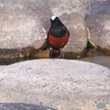 |
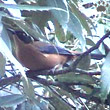 |
 |
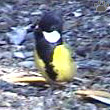 |
 |
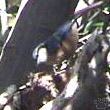 |
| Birds of Naini Tal area, left to right: white-capped redstart (Phoenicurus leucocephalus), black-capped sibia (Heterophasia capistrata), green-backed tit (Parus monticolus, two photos), red-headed tit (Aegithalos concinnus), chestnut-bellied nuthatch (Sitta castanea). |
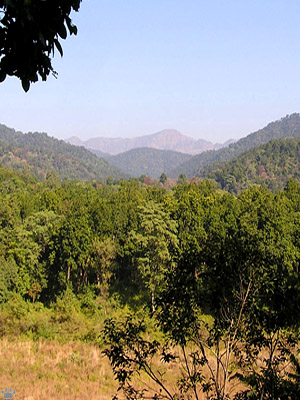
Hills of Corbett National Park. |
Corbett is the oldest national park in India, and one of the largest (521 sq. km). In addition to common wildlife readily seen in other Indian reserves - deer, tigers, wild boars, wild elephants - it also has some rare species such as gharial. |

Termite colony, Kateraniaghat Wildlife Sanctuary, Uttar Pradesh. |
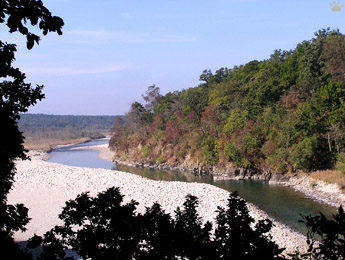
Corbett National Park. |
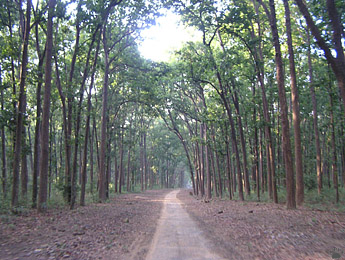
Forest of sal (Shorea robusta), CNP. |

Indian black ibis (Pseudibis papillosa), KWS. |
Most of the park is hill forest, but there are also open river valleys with tallgrass flooplains. |
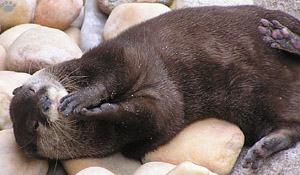
Oriental small-clawed otter (Aonyx cinereus), KWS. |
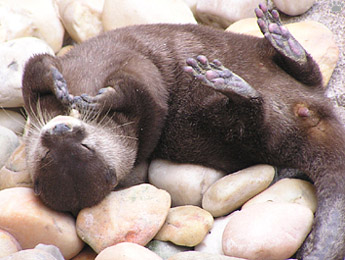 |
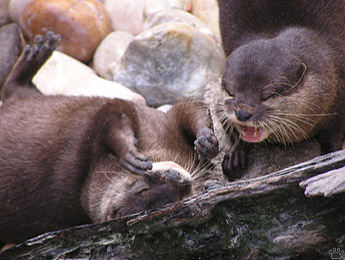 |
| Oriental small-clawed otters playing with pebbles, KWS. |
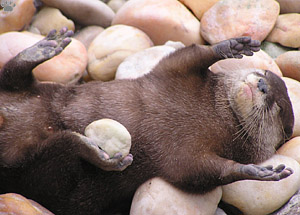
Oriental small-clawed otters playing with pebbles, KWS. |
These floodplains are the best place to see large animals (at dusk and dawn), as well as countless smaller creatures, including three otter species. |
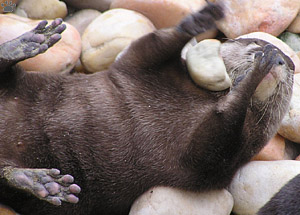
Oriental small-clawed otters playing with pebbles, KWS/. |
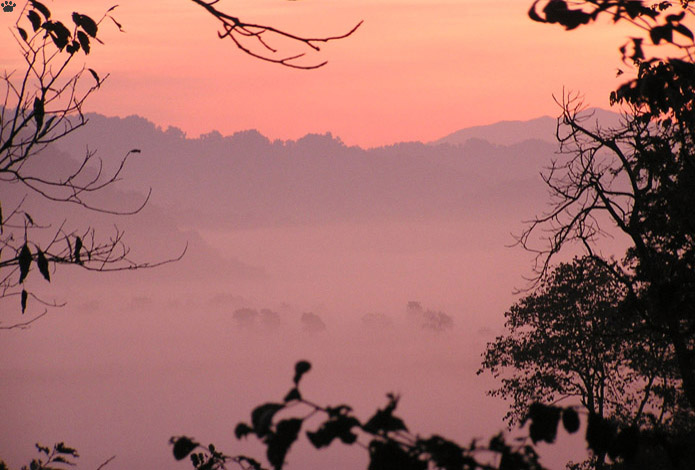
Terai dawn, KNP.
|
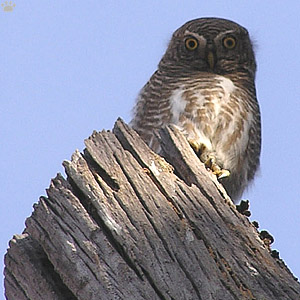
Jungle owlet (Glaucidium radiatum), CNP. |
South from the Siwalik is the belt of wet lowlands known as terai or tarai. Sparsely populated until recently due to malaria, they have a lot of natural habitats left - forests, sawannas and swamps. |

Jungle owlet, CNP. |
 |
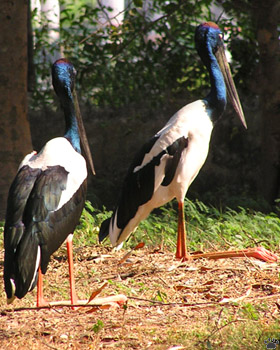
Black-necked storks (Ephippiorhynchus asiaticus), KWS. |
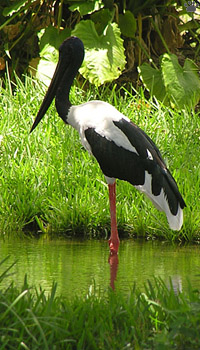 |
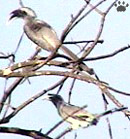
Indian grey horbills
(Ocyceros birostris), KWS. |

Indian grey horbill,
KWS. |
Some of the best Nature reserves in Asia are in the terai: Chitwan and Bardia National Parks in Nepal, Kateraniaghat Wildlife Sanctuary, Dudhwa and Kaziranga National Parks in India. |
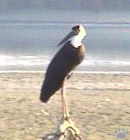
Wolly-necked stork
(Ciconia episcopus), KWS. |

Stone-curlew (Burhinus
oedicnemus), KWS. |
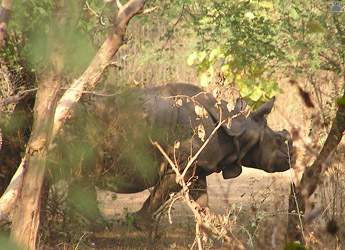 |
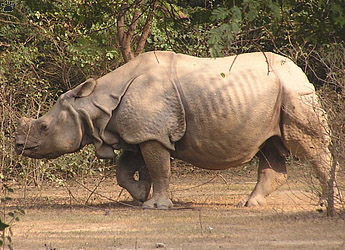 |
| Indian rhinoceros (Rhinoceros unicornis), KWS. |

Sloth bear (Melursus ursinus), KWS. |
Terai parks and reserves tend to be a bit remote, but they are the only places to see Indian rhinoceros, wild Asian buffalo, Bengal floricans, etc. Unfortunately, many of them are closed in summer, which is the most interesting time. |
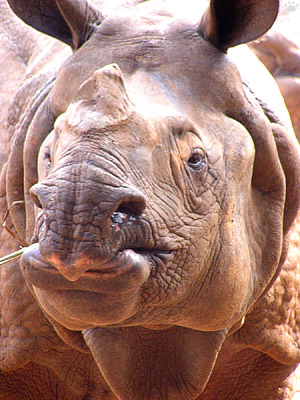
Indian rhinoceros (Rhinoceros unicornis), KWS. |
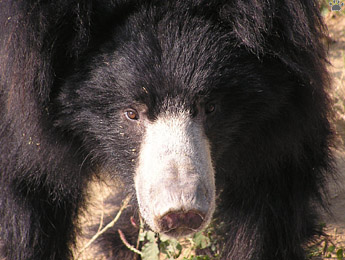 |
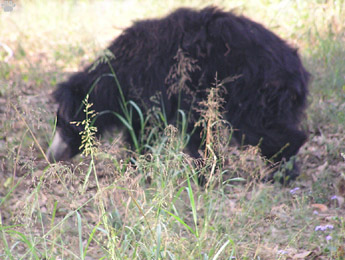 |
| Sloth bears, KWS. |
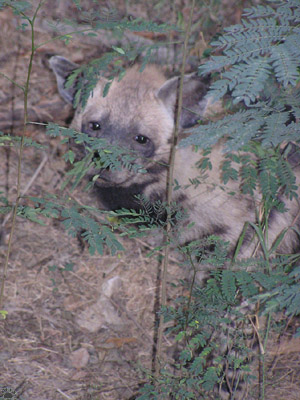
Striped hyena (Hyaena hyaena), KWS. |
South from the terai is the Gangetic Plain, the most overcrowded and boring part of the country. Known elsewhere in India as "the Cow Belt", it is basicallly one huge city, with virtually no natural habitats left, but it has some beautiful architecture. |
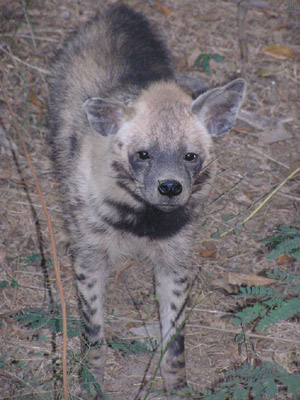
Striped hyena, KWS. |
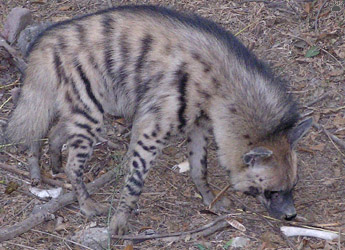 |
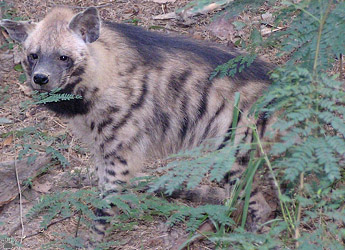 |
| Striped hyena, KWS. |
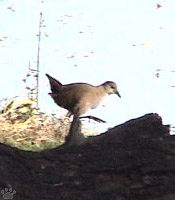
Brown crake (Amaurornis akool),
Sultanpur National Park, Harayana. |
Permanent lakes of the Plain used to be world-famous waterbird breeding and wintering areas. The most spectacular one, Keoladeo Ghana National Park, a World Heritage Site, has been totally destroyed by the corrupt local government, which allowed diverting all water supply to the ever-growing cities and farms. Nowadays it is usually dry in winter - just a patch of dry tropical forest with two or three small ponds, and very little wildlife. The much smaller Sultanpur National Park still has water all year, and there are lots of wintering ducks, geese, and other Palearctic birds there. |
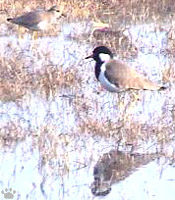
Red-wattled (Vanellus indicus) and
sociable (V. gregarius) lapwings, SNP. |
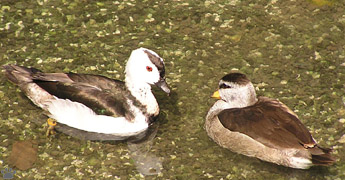 |
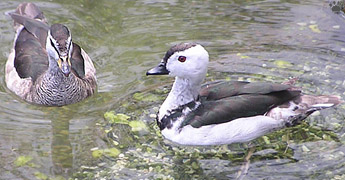 |
| Cotton Pygmy Geese (Nettapus coromandelianus), Keoladeo Ghana National Park, Rajasthan. |
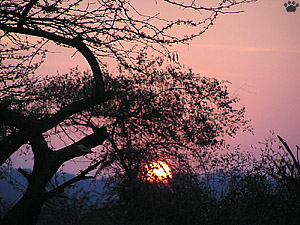
Sunset in Sasan Gir National Park, Gujarat. |
Western India is arid land, mostly destroyed by overgrazing. Sasan Gir National Park (famous for its Asiatic lions) is the last large natural area left there. |
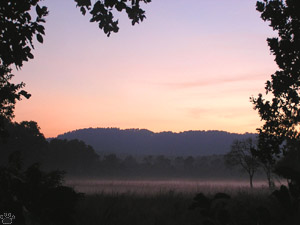
Dawn in Sasan Gir National Park. |
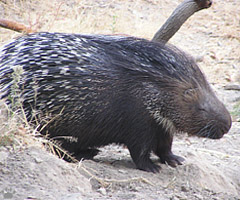
Indian porcupine (Hystrix indica), SGNP. |

Porcupine tracks, SGNP.
The Great Thar Desert further west is the most overpopulated desert in the world, with over one million people and very little wildlife. |

Indian porcupine, SGNP. |
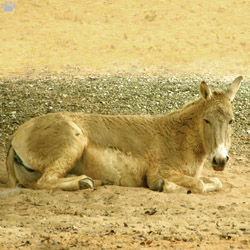
Indian wild ass, or khur (Equus hemionus khur),
Little Rann of Kutch Wildlife Sanctuary, Gujarat. |
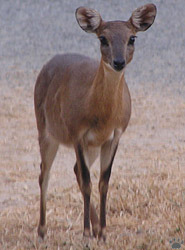
Four-horned antelope, or chousingha
(Tetracerus quadricornis), SGNP. |
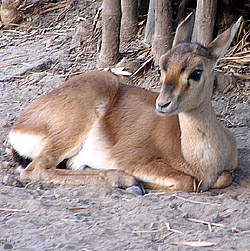
Indian gazelle, or chinkara (Gazella gazella bennettii),
Desert National Park, Rajasthan |
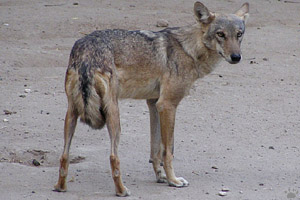
Indian grey wolf (Canis lupus pallipes), LRKWS. |
Small Nature reserves in the desert are a good place to see the distinctive Indian subspecies of grey wolf, almost extinct elsewhere. |
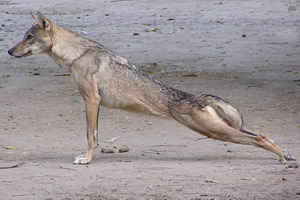
Indian grey wolf, LRKWS. |
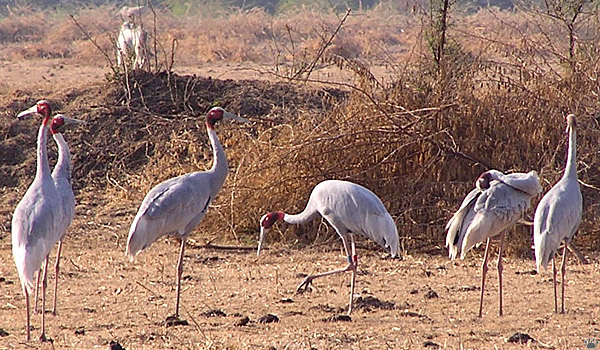
Sarus cranes (Grus antigone), KGNP. |
Part 3: Amritsar
Back to Part 1
Home
|